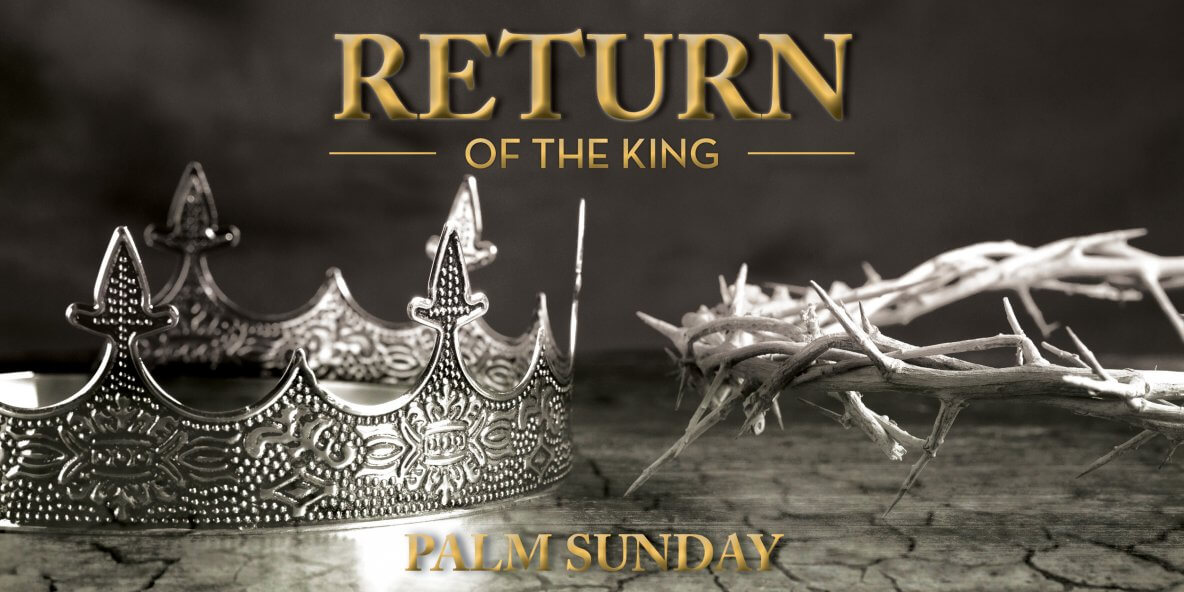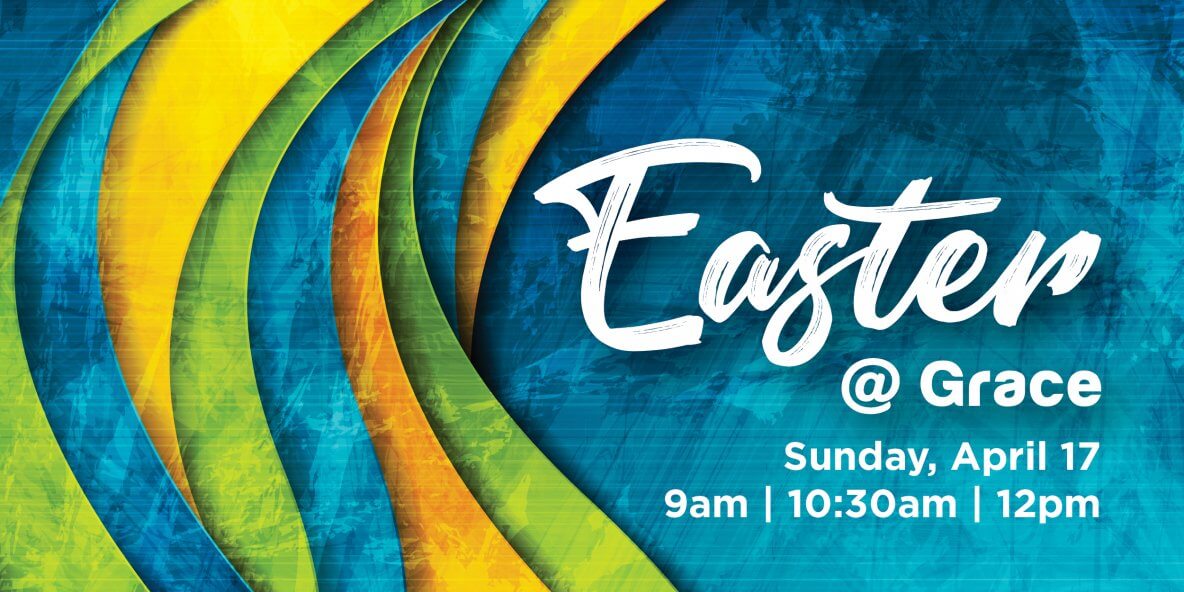Weekend Message by Ryan Gernand
Easter: A New Hope
Weekend Message by Ryan Gernand Easter: A New HopeExperience the transformative power of Easter’s message in this sermon. Delve into the disciples’ despair and Mary Magdalene’s initial sorrow, only to witness how Jesus’ resurrection brings newfound hope, triumphing over death itself. Discover parallels between everyday disappointments and the ultimate hope found in Jesus. Explore the timely intervention of God in … Read More
Palm Sunday: Return of the King
The sermon on Palm Sunday delves into the unexpected nature of Jesus as the prophesied King, focusing on Matthew 21:1-11. It highlights the significance of Jesus riding a donkey, fulfilling prophecy and symbolizing peace, unlike a horse which would signify war. The spreading of cloaks and waving of branches by the crowd symbolized honor and victory, reminiscent of past events like Judas Maccabeus’ triumph. The crowd’s chants of “Hosanna” and “Blessed is he who comes in the name of the Lord” reflected their anticipation of Jesus as a conquering king like Maccabeus. However, Jesus’ mission was different; he came to be King but through unexpected means, ultimately wearing a crown of thorns before a crown of glory. His actions in the temple and teachings challenged expectations, leading to opposition from the Jewish leaders. The sermon emphasizes Jesus’ sacrificial love and the plan of redemption through his death, contrasting the crowd’s initial acclaim with their eventual call for his crucifixion. It prompts reflection on one’s response to Jesus and his sacrificial act, highlighting the profound cost of redemption borne by Jesus and God. Ultimately, it presents Jesus as the unexpected but necessary King whose return brought salvation and reconciliation.






